Heeeyyy, guinea pig lovers!
This website is for YOU to learn about your fuzzy friends!! Guinea pigs are the cutest, most fun, and playful- est pets ever!! But do you really know EVERYTHING about These tiny fuzzballs? All you hear is: "Squeak! Squeak!", and all you see is a furry head sticking out of a plastic cave. But there is a whole different world when you REALLY know these piggies!

The basic Facts:
Okay, anyone can say that they are an expert on guinea pigs, by just having one. But if you are a sole guinea pig lover like me, you would at least know the basic facts. Guinea pigs are mammals, who can be pets or live in the wild. They have a diet of hay or grass, veggies, and special pellets you can get from a pet store. They are NOT related to pigs, but they share body fetures, such as a plum, round body and leafy ears. They were originally from South America, but now they are great pets everywhere in the world.

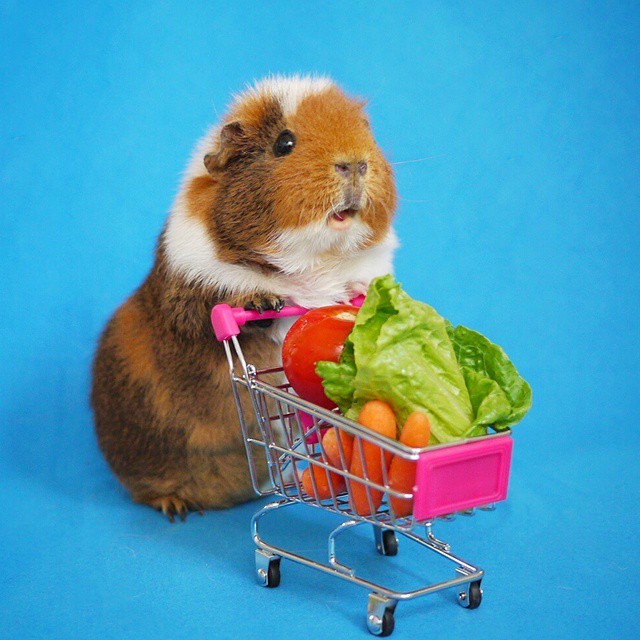
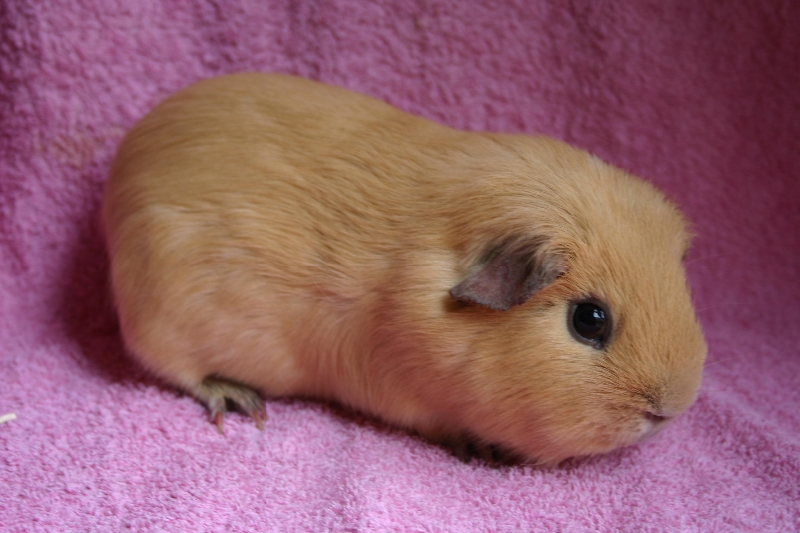

Guinea pig pets have a speific diet. 70% is dried hay that you can get from the pet store, 20% is special guinea pig pellets, 8% veggies, and 2% is treats. Only let guinea pigs drink WATER, Never juice or milk. Make sure the hay is clean, because guinea pigs often use it for a snack AND bedding to sleep on! they should be fed twice a day, and have their water changed either when in runs out or once a week. Guinea pigs love veggies, but don't give a lot to them every day. Their main meal is always hay or grass, which also help with their digestive system. Fruits, such as apples, oranges, strawberries, blueberries and more should not be fed it large- or even medium servings, since tey are high in sugar. Grapes however, you need to especially careful of. Guinea pigs can only eat red grapes because they are lower in sugar and have more anioxident properties. Green grapes should be kept away from piggies. But all grapes can have harmful toxins in them which could hurt, or even kill your piggies, so feeding piggies grapes has it's risks. Things that are poisonous or not good for guinea pigs to eat include: Chocolate (or anything else containing caffeine), Onions, Garlic, Mushrooms, Iceberg lettuce, Avocados, Nuts, Potatoes, Seeds, Corn kernels, Peanut butter, Rhubarb, Cabbage, Bok choy, Dairy products, Bread, and Meat. Guinea pigs are quite fond of food, and many people ask, "how can I help my guinea pig lose weight?" You should encourage them to run around and be more active, feed them less- but feed more hay than anything else, and make sure that you are sure that your piggie needs to lose weight. The avaerage weight for a baby guinea pig is undicided, since in weeks after birth they can double in size. But for adults, they should weight 900 to 1200 grams.
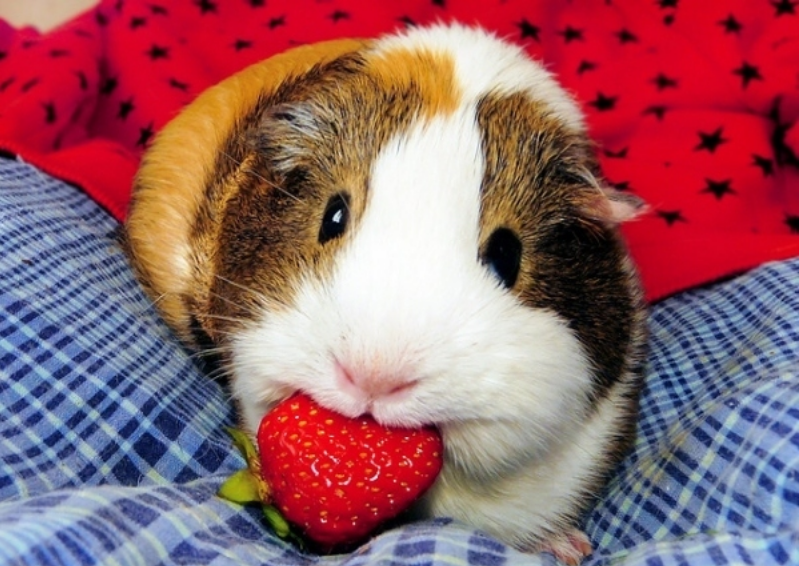

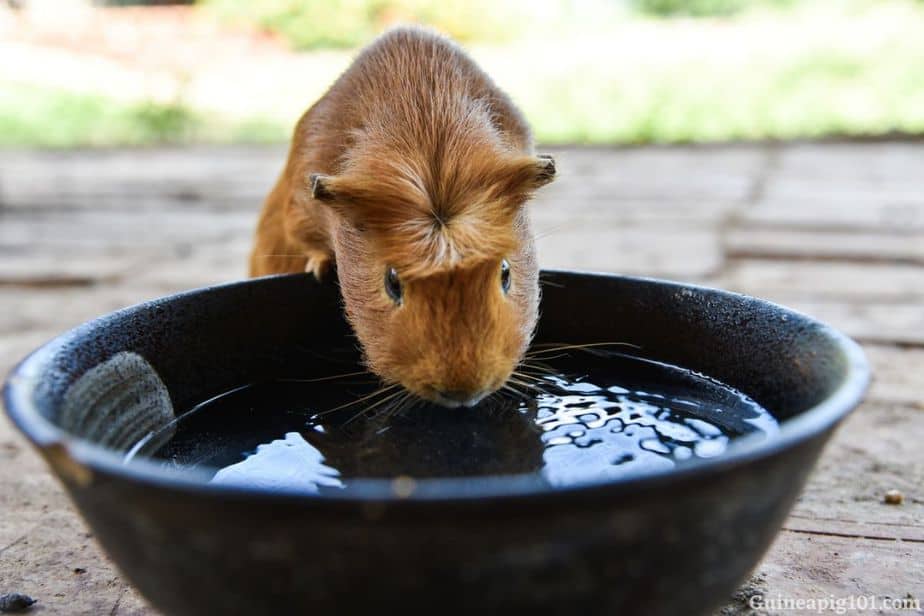
Pups!!
Guinea pig babies are called pups. Pups often hav the fetures of their mother, like the color of their fur. Pups should be near their mother for at least 4 weeks, and the males and females should be seperated from mating at a young age. Guinea pig births are short, and usally nobody see it happen. Pups would be shy at first, since they need to adapt to their surroundings. Breeders sell the pups or keep them, and so if you DON'T want more guinea pigs, keep males and females away. The Ideal set is two females, because two males could fight, one of each would breed (unless you think it's okay to have more piggies, after all, the more the merrier!), and one by itself would be lonely, for guinea pigs like having a buddy.
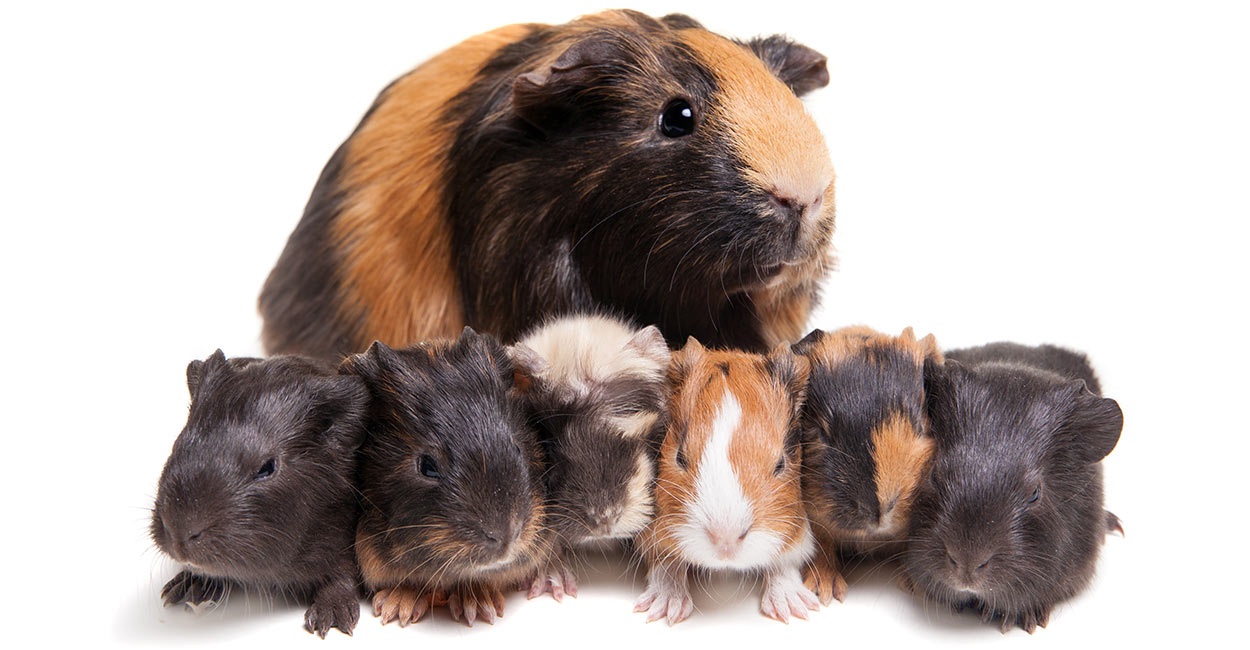


Home sweet home
Guinea pigs can live either indoors or outdoors when the weather is warm, in a cage or just a playpen. They prefer to live with a buddy, since they are prey, they are usally scared and like another guinea pig to keep them company. Each living area should have one or two coverd areas, like a small plastic cave, for example. Fill the bottom of the cage (if you are using one) with bedding or soft wood shavings so they won't hurt the guinea pig's small feet. You can also use blankets, too. Pellets or seeds should be kept in a bowl to keep them fresh. Follow these steps, and your Piggies will thank you for the perfect cage! If you're thinking about letting your guinea pigs have an outdoor home for the spring, there are some important things to think about. For one, the weather has to be at a comfortable range for the guinea pigs, and maybe a covered area would work well since they don't like to be exposed to light all the time. There are more thing you need to deal with, like the proper protection from other critters from the outdoors. Do your reasearch, and your piggie(s) will thank you for their amazing home!

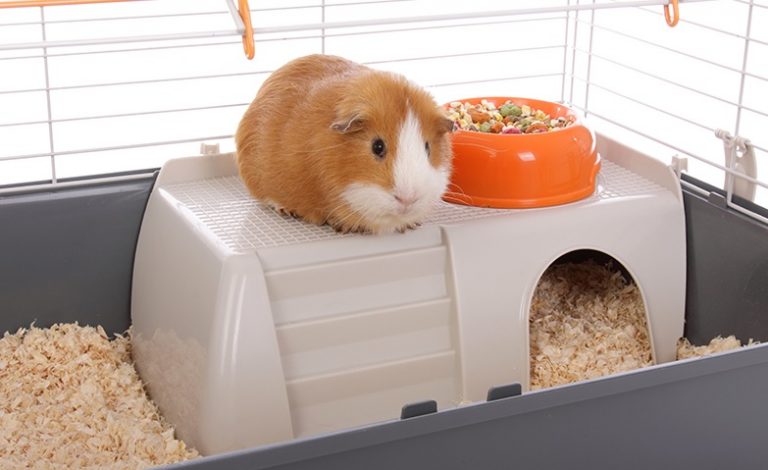
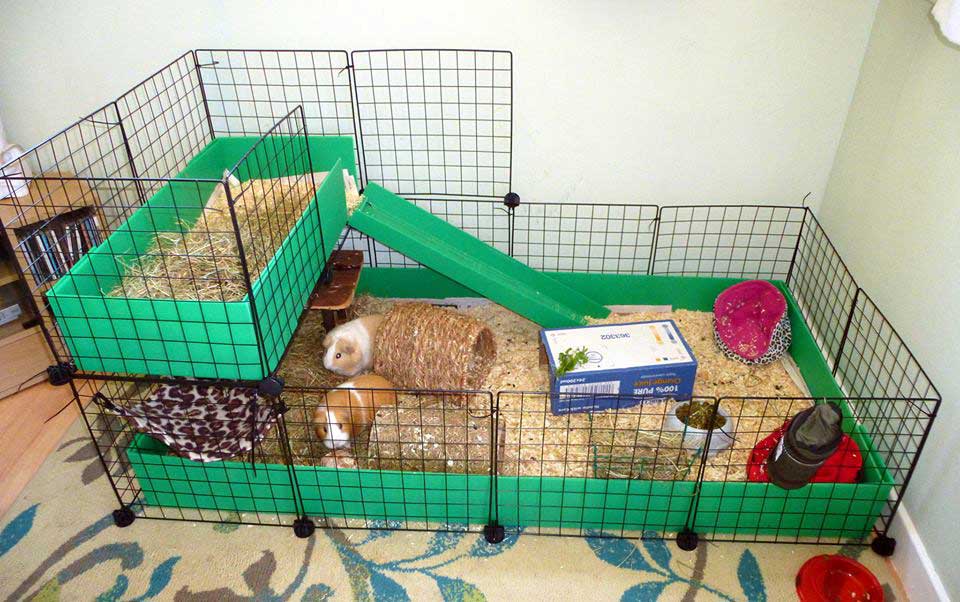
Fun Facts!!
Fun fact #1: Guinea pigs like to eat dandalion stems
Fun Fact #2: Guinea pigs from different contries can look like groundhogs!
Fun fact #3: Guinea pigs can take bathes in shallow water, but make sure that the water doesn't reach their ears, because then they can become deaf.
Fun fact #4: Guinea pigs can't go in litle wheels like hamsters, because they don't have flexible spines.
Fun fact #5: Sometimes guinea pigs Popcorn when they are excited, like if you are giving them food (popcorning is like jumping around).
Fun fact #6: Guinea pigs enjoy playing outside on the grass, but you might want to keep in mind that piggies run fast when they want to!
Fun fact #7: Guinea pigs need to have chew toys to gnaw, or else their teeth will grow too long and they won't be able to eat.
*Link to Wikipedia about Guinea pigs*
Fun (and really cute) videos!
None of these videos are mine. All credits go to video owners.